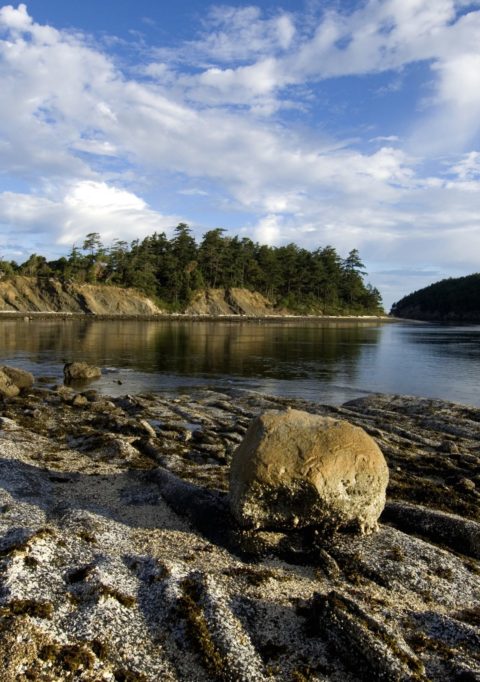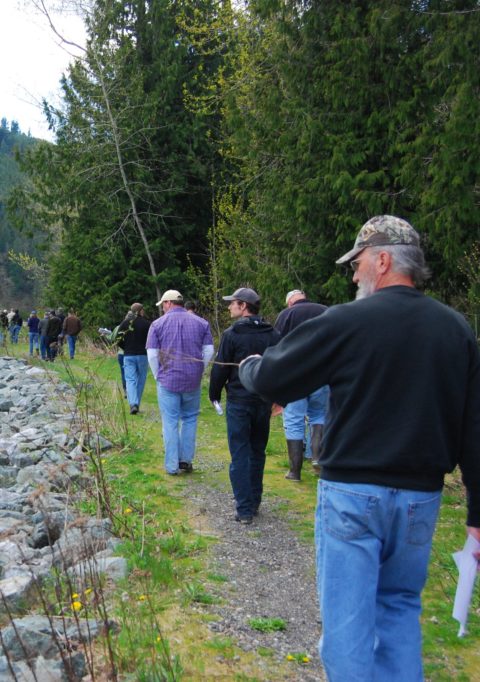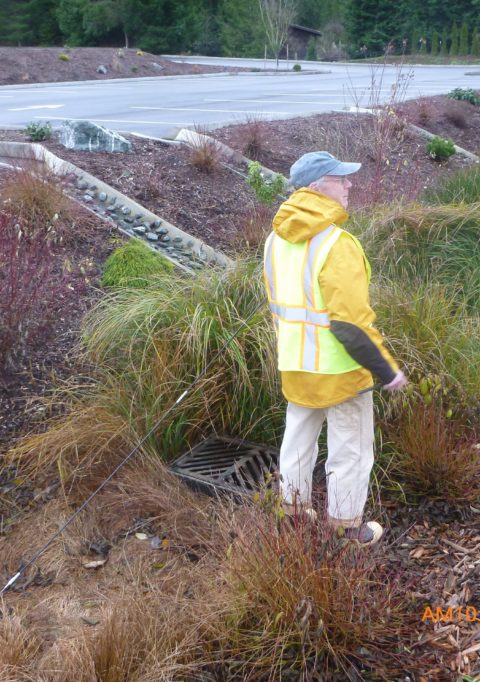Vancouver, Wash. – Maul Foster & Alongi, Inc. (MFA), a leading Pacific Northwest multidisciplinary firm, is excited to announce the acquisition of Peak Sustainability Group, a respected Bellingham, Washington-based firm specializing in climate change and sustainability services. The acquisition of Peak reflects MFA’s ongoing commitment to environmental stewardship and sustainable business practices. This partnership enables MFA…
70 percent of freshwater is used for agriculture
70 percent of freshwater is used for agriculture
The World Bank says that in most regions of the world, over 70 percent of freshwater is used for agriculture. By 2050, feeding a planet of 9 billion people will require an estimated 50 percent increase in agricultural production and a 15 percent increase in water withdrawals. The USGS says that around 214 billion gallons of water are used for non-agricultural purposes… every day!
If plants need water, how can agriculture use less water and keep productivity?
- Drip Irrigation: Deliver water directly to a plant’s roots and reduce evaporation. Avoid spray watering systems.
- Capturing and Storing Water: Holding ponds that store rainwater to reduce reliance on wells or groundwater.
- Irrigation Scheduling: Use smart water management and measure soil moisture to avoid over watering.
- Water at night: Reduce evaporation and allow water to seep into the soil at night.
- Drought-Tolerant Crops: Plant native species selected for the area.
- Dry Farming: Use special tilling practices and attention to microclimates.
- Rotational Grazing: Increase organic matter into the soil increasing water absorption and decreasing water runoff.
- Compost and Mulch: Conserve moisture naturally with materials that break down into the soil.
- Cover Crops: Protect the soil naturally with living cover. Prevent erosion and improve water holding capacity too.
- Conservation Tillage: Leave 30% tilled crop residue on the surface and increase water absorption. Reduces erosion, evaporation, and soil compaction.
- Organic: Increase yields during years of drought as compared to conventional crops.

















